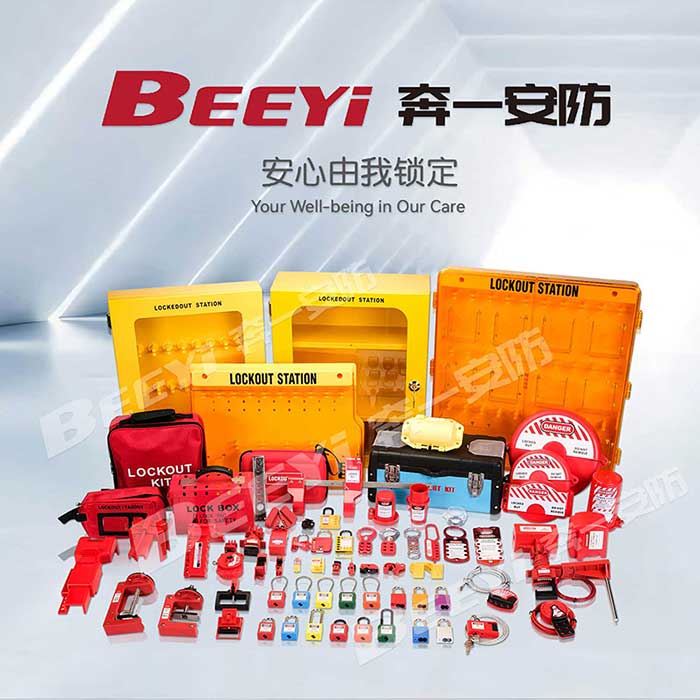understanding lock out padlocks: essential tools for workplace safety
Release time:2025-08-20 05:01:27
Lock out padlocks are critical components in industrial safety protocols, particularly in environments where machinery or equipment requires maintenance or repair. These specialized padlocks are a vital part of the lockout/tagout (LOTO) procedure, designed to prevent accidents during maintenance activities. This article aims to explore the importance of lock-out padlocks, how they work, and why they are necessary to ensure the safety of workers in various industries.

What are Lock Out Padlocks?
Lock out padlocks are safety devices used to secure machinery or equipment in a state where it cannot be operated while maintenance or repairs are taking place. These padlocks are part of a broader safety system known as lockout/tagout (LOTO), which is employed to control hazardous energy sources and prevent the unexpected startup or release of energy during servicing. When a worker locks out a piece of machinery, they are ensuring that no one else can access or start the equipment until it is safe to do so.
Typically made from durable materials like nylon, plastic, or steel, lock out padlocks are often brightly colored (commonly red or yellow) to ensure high visibility. They come in various sizes and designs, but their primary function remains the same: to prevent unauthorized access to equipment that could potentially cause injury if activated.

